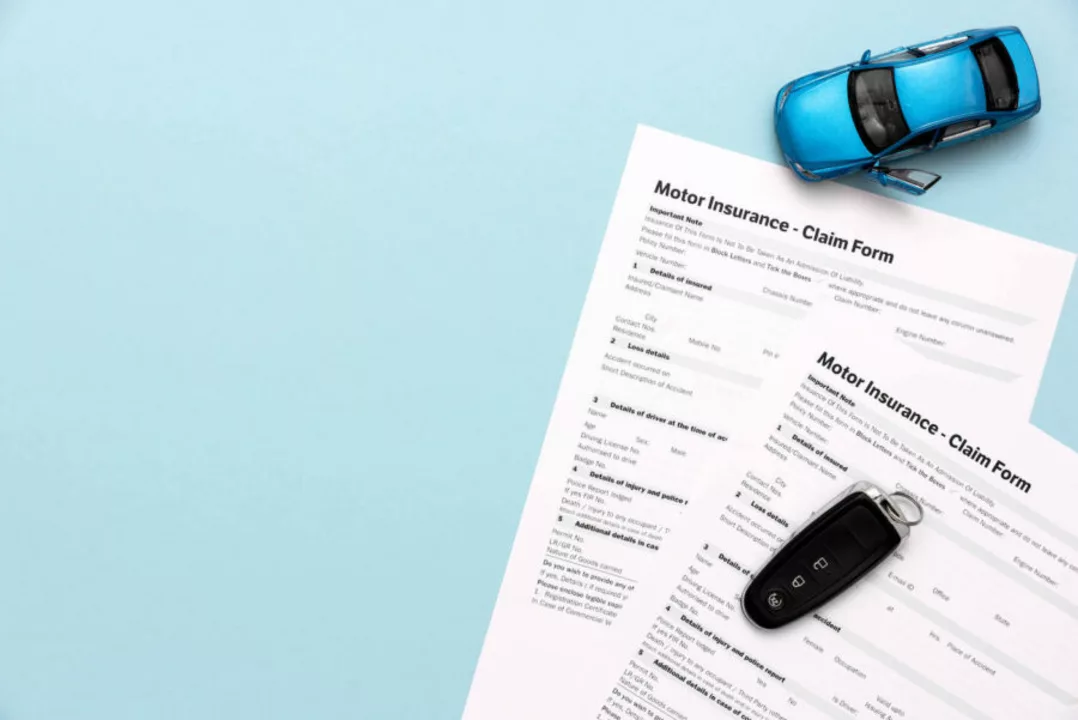Test Drive Tips: How Long to Drive and What to Look For
When you’re eyeing a new ride, the test drive is the only chance to feel the car before you sign any papers. It’s not just about sitting behind the wheel; it’s about proving the car fits your daily needs. Below you’ll find a no‑fluff guide that tells you how much time you actually need and what to pay attention to.
Ideal Test Drive Length
A solid test drive should last at least 30 minutes. That window lets you hit city streets, a few highway miles, and a quick stop‑and‑go segment. Short rides—like the usual quick spin around the lot—miss out on real‑world quirks such as brake fade on a hill or how the suspension handles bumpy roads. If the dealer only offers a five‑minute spin, ask for more time. You deserve a thorough assessment.
What to Focus On During the Drive
Handling and Steering: Pay attention to how the steering feels. Is it light and responsive, or does it feel heavy and vague? Try gentle curves and a quick lane change; the car should feel stable, not like it’s fighting you.
Acceleration and Braking: Test the throttle from a stop to about 50 km/h. The boost should feel consistent, not jerky. Then hit the brakes hard once or twice. Listen for any squeal or pulsing, which could signal worn pads or ABS issues.
Comfort and Visibility: Adjust the seat, mirrors, and steering wheel. Are the controls within reach? Can you see clearly out the windows without straining? Ride comfort matters, especially on longer trips.
Noise Levels: Turn the radio off and listen. Excess wind or road noise can become annoying on longer journeys. Also, check for rattles that might indicate loose interior parts.
Technology and Features: Test every button you plan to use: infotainment, climate control, driver‑assist systems. They should respond quickly and be intuitive. If the navigation freezes or the backup camera lags, note it.
After you pull back into the lot, take a moment to jot down any impressions while they’re fresh. A quick list of pros and cons helps you compare multiple cars later.
Remember, the test drive is your chance to spot red flags before they become expensive repairs. Ask the dealer about any quirks you noticed; a reputable shop will be transparent.
When you’ve driven a few models, you’ll start feeling a natural preference. Trust that gut feeling—it often catches details you can’t fully articulate.
Bottom line: aim for a 30‑minute drive covering varied road types, focus on steering, brakes, comfort, noise, and tech, and take notes. Follow these steps, and you’ll walk away confident that the car you choose truly matches your lifestyle.
Is it a bad move to test drive a car and then not buy it?
In my recent blog post, I explored the concept of test driving a car without making a purchase. Although some may feel guilty about test driving and not buying, it’s crucial to remember that a car is a significant investment and decisions should not be rushed. The test drive is a vital part of the car-buying process to ensure the vehicle suits your needs and preferences. Dealerships understand this, and it's a normal part of their business. Therefore, it’s not a bad move to test drive a car and then not buy it.
Have you bought a car without test driving it?
Buying a car without test driving it can be a daunting prospect. It can be difficult to be certain that the car is the right choice without getting behind the wheel and taking it for a spin. However, with the right research and consideration, it is possible to purchase a car without test driving it. Researching the car's specifications, checking customer reviews, and ensuring the car meets your needs are all important steps to undertake prior to making the purchase. Additionally, you can ask the dealer questions and ensure the car has a good warranty. Buying a car without test driving it can be a savvy way to save money, but it's important to take the time to do your research first.

